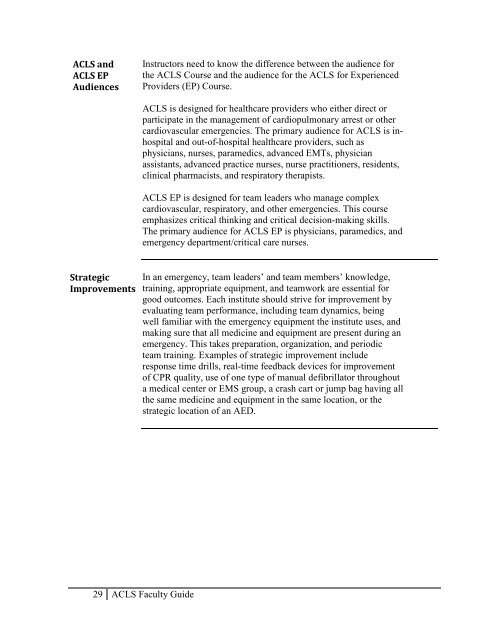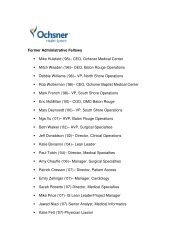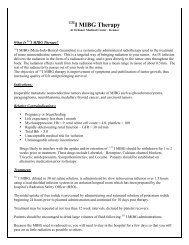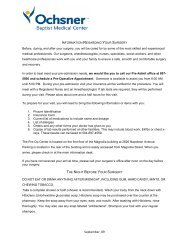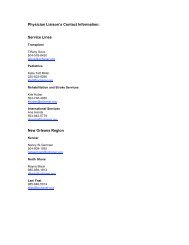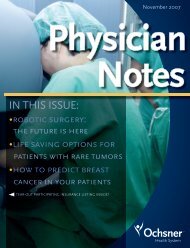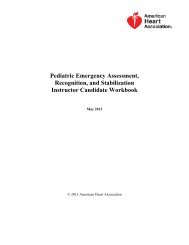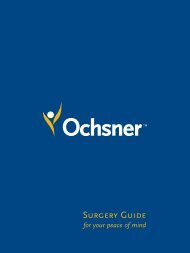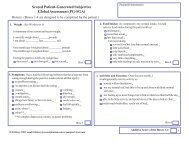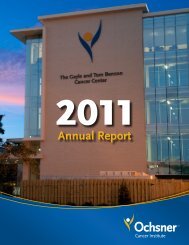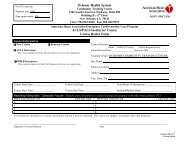ACLS Instructor Faculty Guide - Ochsner.org
ACLS Instructor Faculty Guide - Ochsner.org
ACLS Instructor Faculty Guide - Ochsner.org
Create successful ePaper yourself
Turn your PDF publications into a flip-book with our unique Google optimized e-Paper software.
<strong>ACLS</strong> and<br />
<strong>ACLS</strong> EP<br />
Audiences<br />
<strong>Instructor</strong>s need to know the difference between the audience for<br />
the <strong>ACLS</strong> Course and the audience for the <strong>ACLS</strong> for Experienced<br />
Providers (EP) Course.<br />
<strong>ACLS</strong> is designed for healthcare providers who either direct or<br />
participate in the management of cardiopulmonary arrest or other<br />
cardiovascular emergencies. The primary audience for <strong>ACLS</strong> is inhospital<br />
and out-of-hospital healthcare providers, such as<br />
physicians, nurses, paramedics, advanced EMTs, physician<br />
assistants, advanced practice nurses, nurse practitioners, residents,<br />
clinical pharmacists, and respiratory therapists.<br />
<strong>ACLS</strong> EP is designed for team leaders who manage complex<br />
cardiovascular, respiratory, and other emergencies. This course<br />
emphasizes critical thinking and critical decision-making skills.<br />
The primary audience for <strong>ACLS</strong> EP is physicians, paramedics, and<br />
emergency department/critical care nurses.<br />
Strategic<br />
Improvements<br />
In an emergency, team leaders’ and team members’ knowledge,<br />
training, appropriate equipment, and teamwork are essential for<br />
good outcomes. Each institute should strive for improvement by<br />
evaluating team performance, including team dynamics, being<br />
well familiar with the emergency equipment the institute uses, and<br />
making sure that all medicine and equipment are present during an<br />
emergency. This takes preparation, <strong>org</strong>anization, and periodic<br />
team training. Examples of strategic improvement include<br />
response time drills, real-time feedback devices for improvement<br />
of CPR quality, use of one type of manual defibrillator throughout<br />
a medical center or EMS group, a crash cart or jump bag having all<br />
the same medicine and equipment in the same location, or the<br />
strategic location of an AED.<br />
29 <strong>ACLS</strong> <strong>Faculty</strong> <strong>Guide</strong>


